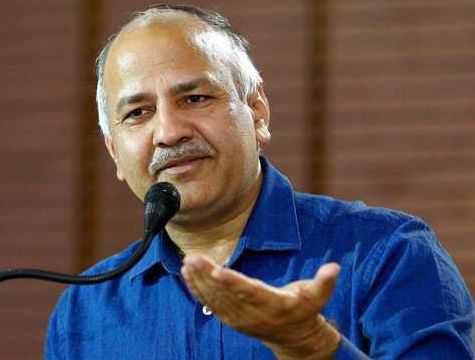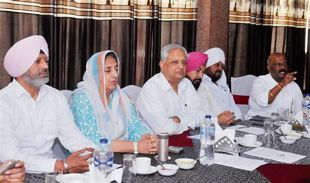
Recently, the Himachal High Court came down heavily over infringements at the Kanlog cemetery. Tribune file photo
Raaja Bhasin
One of the fringe benefits of flitting along the fringes of various professions is the variety of people one meets. Several years ago, I was engaged to speak to a British travel company whose theme for one of their more successful tours was ‘See it While You Can’. ‘Seeing while they could’, these groups travelled the world looking at sites and savouring experiences that were likely to vanish. This could range from endangered wildlife to historical sites threatened by conflict. The group I was to address had a dozen or so fairly senior and well-heeled citizens from various countries. They had travelled through parts of Pakistan and their last visit before coming to India had been to a Christian cemetery in Quetta that was likely to vanish. The group arrived in Shimla. That is when one realised, with some shock, that the entire town had been pitched and sold as a ‘see it while you can’ experience. As later years have testified, there was considerable truth in what that company had researched and sold. As we have watched, the Shimla they were showcasing has eroded. The goose with its golden eggs has flown.
Of the sites they visited in Shimla were the cemeteries — the oldest of which is close to Oakover, the official residence of Himachal’s Chief Minister. The first grave here is dated 1829 and the last, 1841.
The second cemetery of Shimla, measuring 80 yards by 40, lay just below the old Inter-State Bus Terminus (ISBT). In the 19th century, the old ‘bullock train office’ stood at the site of this bus station. The graveyard was below this, and above, the house called ‘Glen Hogan’— which is now the site of the office of the Department of Education. This cemetery was consecrated by Bishop Wilson, Metropolitan of India, on October 24, 1840. Among those buried here was Patrick Gerard, who, along with his brother Alexander, was an early explorer of today’s Himachal. By the 19th century, the Mughal Empire had entered its penumbra. Thomas Metcalfe, the British resident at Delhi at the time, was regarded as the only true power in that city; his wife, Felicity, was interred along this slope in 1842. Also buried in this cemetery was Major Samuel Boileau Goad, one of Shimla’s pioneers and who owned at least 33 of the town’s most valuable properties, including Barnes’ Court, Kennedy House, the Park and Holly Lodge. Goad was probably the last person to find his final rest here. While a thicket of deodar trees and several huts indicate where this cemetery probably stood, today, there is no trace of the gravestones or markers.
The third cemetery of Shimla was much larger and located at Kanlog. Recently, Himachal’s High Court came down hard and heavily on infringements — and more — in this graveyard. In its order, the court took note of possible violations of the town’s interim development plan and of the Ancient Monuments and Archaeological Sites and Remains Act of 1958. This cemetery could also go the way the earlier two have gone.
Some time back, for some research, one was in touch with the late Eileen Hewson, an active member of the British Association for Cemeteries in South Asia (BACSA). She had painstakingly gone from one place of burial to another. Where the inscriptions were illegible, she made rubbings on paper. From a spot almost indistinguishable from any other in Pooh, Kinnaur, she brought a part of a burial slab of the Moravian missionaries and placed it in the church at McLeodganj — where it still is. She would share stories of how the so-called custodians often resented her presence as they had other agendas for the cemeteries and of other places in their charge.
An essential of civilisational identity is the rule of law. Time and again, we turn to the courts not only for justice, but also to keep civil society alive. Again, this moment, amid the possible infringements at the Kanlog cemetery, gives rise to the question: Who will guard the guardian?
Join Whatsapp Channel of The Tribune for latest updates.




























